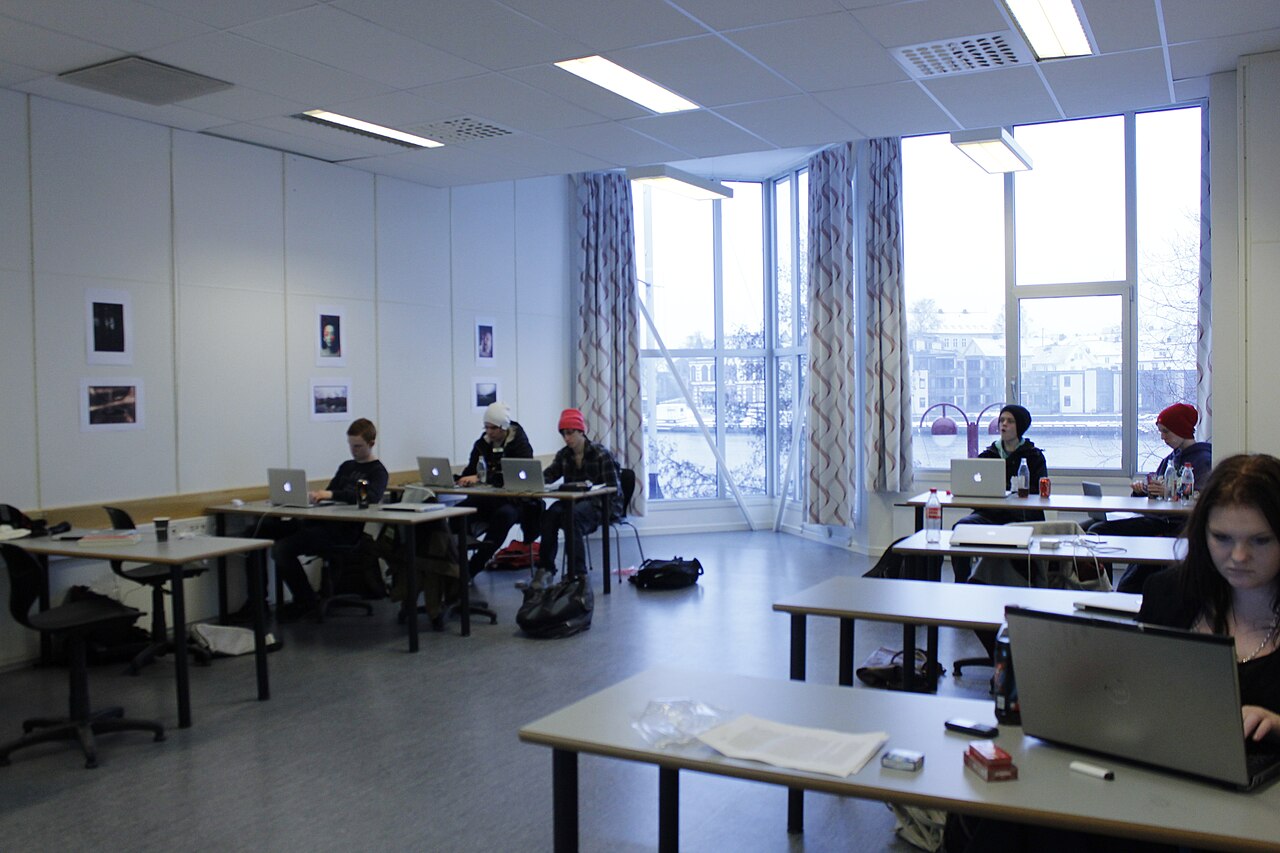A documentary about learning
Learning theories are conceptual frameworks describing how information is absorbed, processed, and retained during learning. Cognitive, emotional, and environmental influences, as well as prior experience, all play a part in how understanding, or a world view, is acquired or changed and knowledge and skills retained.
Behaviorists look at learning as an aspect of conditioning and will advocate a system of rewards and targets in education. Educators who embrace cognitive theory believe that the definition of learning as a change in behavior is too narrow and prefer to study the learner rather than their environment and in particular the complexities of human memory. Those who advocate constructivism believe that a learner's ability to learn relies to a large extent on what he already knows and understands, and the acquisition of knowledge should be an individually tailored process of construction.

Transformative learning theory focuses upon the often-necessary change that is required in a learner's preconceptions and world view. Outside the realm of educational psychology, techniques to directly observe the functioning of the brain during the learning process, such as event-related potential and functional magnetic resonance imaging, are used in educational neuroscience.
As of 2012 such studies are beginning to support a theory of multiple intelligences, where learning is seen as the interaction between dozens of different functional areas in the brain each with their own individual strengths and weaknesses in any particular human learner.
Multimedia learning
refers to the use of visual and auditory teaching materials that may include video, computer and other information technology. Multimedia learning theory focuses on the principles that determine the effective use of multimedia in learning, with emphasis on using both the visual and auditory channels for information processing.
The auditory channel deals with information that is heard, and the visual channel processes information that is seen. The visual channel holds less information than the auditory cannel.
If both the visual and auditory channels are presented with information, more knowledge is retained. However, if too much information is delivered it is inadequately processed, and long term memory is not acquired. Multimedia learning seeks to give instructors the ability to stimulate both the visual and auditory channels of the learner, resulting in better progress
Illeris, Knud (2004). The three dimensions of learning. Malabar, Fla: Krieger Pub.
Understanding multimedia learning: Integrating multimedia in the k-12 classroom." (n.d.).